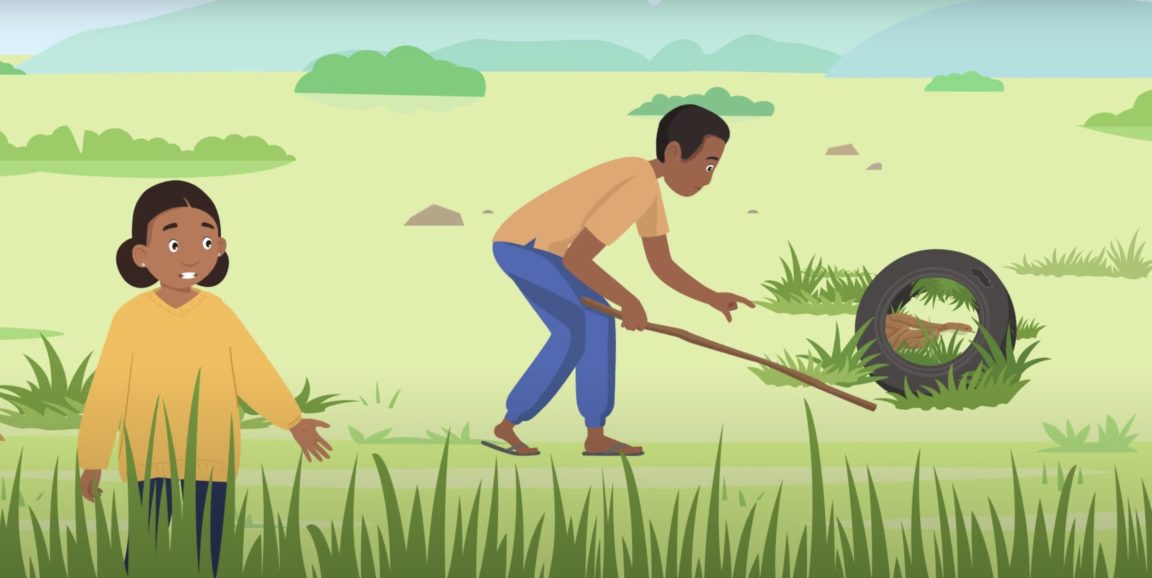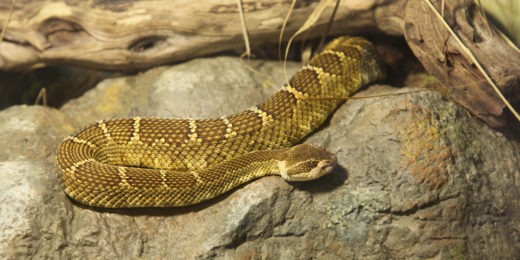In the Kingdom of Eswatini, three-quarters of the residents live on small farms in rural areas -- land that is also home to several species of highly venomous serpents, including the puff adder, the Mozambique spitting cobra and the black mamba.
It's a perfect storm for harmful snake bites -- and it begs for an effective teaching tool on preventing them. Fortunately, Stanford Medicine's Center for Health Education's Digital Medic initiative has developed a 5-minute video that's helping Eswatini residents avoid snakes.
Anita Hettema, a volunteer at the Eswatini Antivenom Foundation, was familiar with the Stanford center's work and asked for help. "We needed something to educate the larger public on how to prevent snake bites," she wrote me in an email. "Many snake bites can be prevented, and there are easy measures to reduce the chances of snakes entering your house."
She wanted to create a video, she said, because "People are more likely to watch a short video than read a flyer."
Ever-present danger
Snake venom, which can cause blindness, loss of a limb and death, sends about 500 people annually to health centers in Eswatini, a country of 1.2 million that was formerly known as Swaziland. But the number bitten is likely higher, according to the antivenom foundation, given that some don't survive, some are unable to travel to a clinic and others choose traditional healers.
The foundation -- which supplies health centers with antivenom, relocates snakes found in homes, and educates residents about avoiding and treating snake bites -- produces posters, but it lacked the funds to develop a video. The Center for Health Education was able to donate its time and expertise.
The center's team relied on information that Hettema sent them about avoiding snake bites -- patching holes in walls so snakes can't enter; storing food so it doesn't attract rodents, which snakes hunt; wearing shoes outdoors; and moving wood piles, where snakes hide, away from the home.
"I took that info and thought, what if we have a family that's really prepared and one that's not prepared?" said creative producer Carlos Sanchez, who wrote the script for the video. "It's more entertaining than a list of dos and don'ts."
He and medical illustrator Shan Fischer, with the center's South Africa office, developed a story about two families that live near one another in the country. One is careful about preventing snake bites; the other, not so much.
When a boy in the lackadaisical family is bitten by a snake, his neighbors guide his parents on keeping him still and getting him to the hospital quickly.
The center hired actors to voice the parts in English and Swazi, Eswatini's two official languages.
Spreading the word
Hettema said that she and her colleagues at the foundation have posted the video on social media, presented it at elementary schools and shown it at community gatherings. Since they began sharing the video, Hettema said, they've had more people contact them about preventing and treating snake bites.
"We're seeing an increase in awareness about snakes and snake bite prevention," she said.
Aarti Porwal, managing director of the center, said that the video-creation team strives to make its educational videos entertaining.
"The idea is you're watching the video and it's both educational and fun," she said. "It doesn't feel like a lecture. We want to make it stick and memorable. This video in particular demonstrated that approach."
Image from video by the Stanford Center for Health Education






